A New Era in Education
It’s 2025, and the classroom as we once knew it has transformed. The chalkboard is now a large interactive display, group discussions happen both in person and online, and students are just as likely to submit a video project as they are to hand in a written report.
As an educator and technology advocate, I’ve seen firsthand how the right tools, used in the right way, can enhance learning without replacing the human connection that makes education so powerful. The future of learning is not about gadgets, it’s about using technology to make teaching and learning more personal, engaging, and effective.
1. Personalized Learning at Scale
Thanks to artificial intelligence (AI) and adaptive learning platforms, every student can now move at their own pace. Instead of one-size-fits-all lessons, technology helps teachers tailor content to each learner’s needs, whether they’re catching up or ready for more advanced challenges.
Imagine a student struggling with algebra, their digital platform identifies weak points and provides targeted practice while the teacher offers extra guidance. Meanwhile, another student who’s excelling gets enrichment activities that push them further.
2. Virtual and Augmented Reality: Learning by Doing
One of the most exciting shifts in 2025 is the use of virtual reality (VR) and augmented reality (AR) in the classroom. Students can take virtual field trips to ancient Rome, explore the human body in 3D, or simulate a chemistry experiment without the risk of a real explosion.
These immersive experiences make learning more memorable, more interactive, and more inclusive, especially for students who learn best through hands-on exploration.
3. Hybrid Learning as the Norm
Hybrid learning a mix of in-person and online classes is now standard in many schools. This model offers flexibility for students with different needs, from those balancing extracurricular commitments to those recovering from illness.
It also gives teachers more ways to deliver lessons, record them for later viewing, and use digital collaboration tools to keep discussions going outside the classroom walls.
4. AI Teaching Assistants
Teachers today have digital teaching assistants powered by AI. These tools can handle routine tasks like grading quizzes, tracking attendance, and even suggesting personalized resources for students.
The benefit? More time for teachers to focus on what they do best inspiring, mentoring, and guiding students.
5. Focus on Digital Citizenship
With more technology comes a greater need for digital responsibility. Students are now taught how to navigate the online world safely, evaluate information critically, and communicate respectfully in digital spaces.
Digital citizenship isn’t just an add-on anymore, it’s a core part of the curriculum.
6. Technology That Supports, Not Replaces, Teachers
One of the biggest misconceptions about educational technology is that it will replace teachers. The reality in 2025 is the opposite, the best tech is designed to empower educators.
From interactive lesson plans to real-time student feedback, technology gives teachers more tools to make learning engaging, equitable, and effective.
Final Thoughts: The Human Touch Matters Most
The future of learning isn’t just about faster devices or smarter software. It’s about creating a world where every student feels seen, supported, and inspired, and technology is one of the tools helping us get there.
As we move forward, we must remember: it’s the human connection between teachers and students that will always be at the heart of education. Technology should amplify that connection, not replace it.

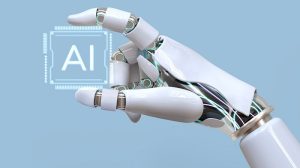

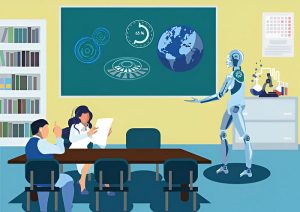
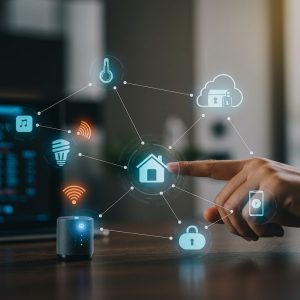
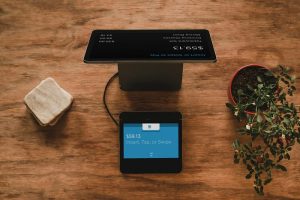
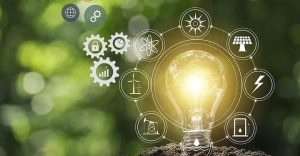


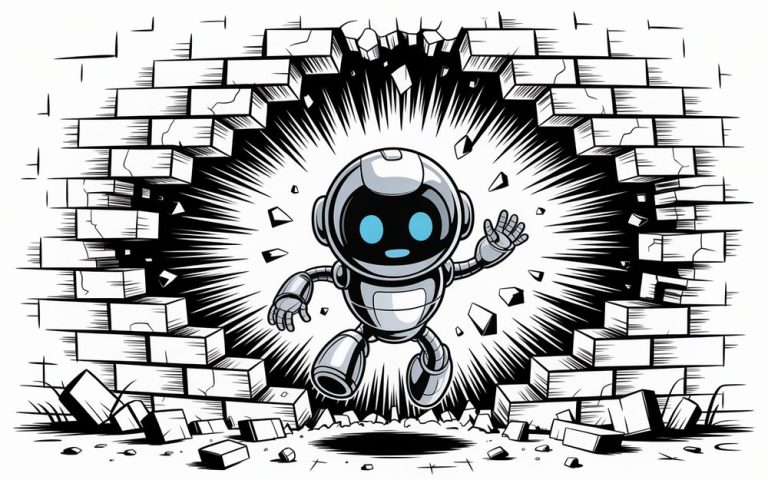






+ There are no comments
Add yours